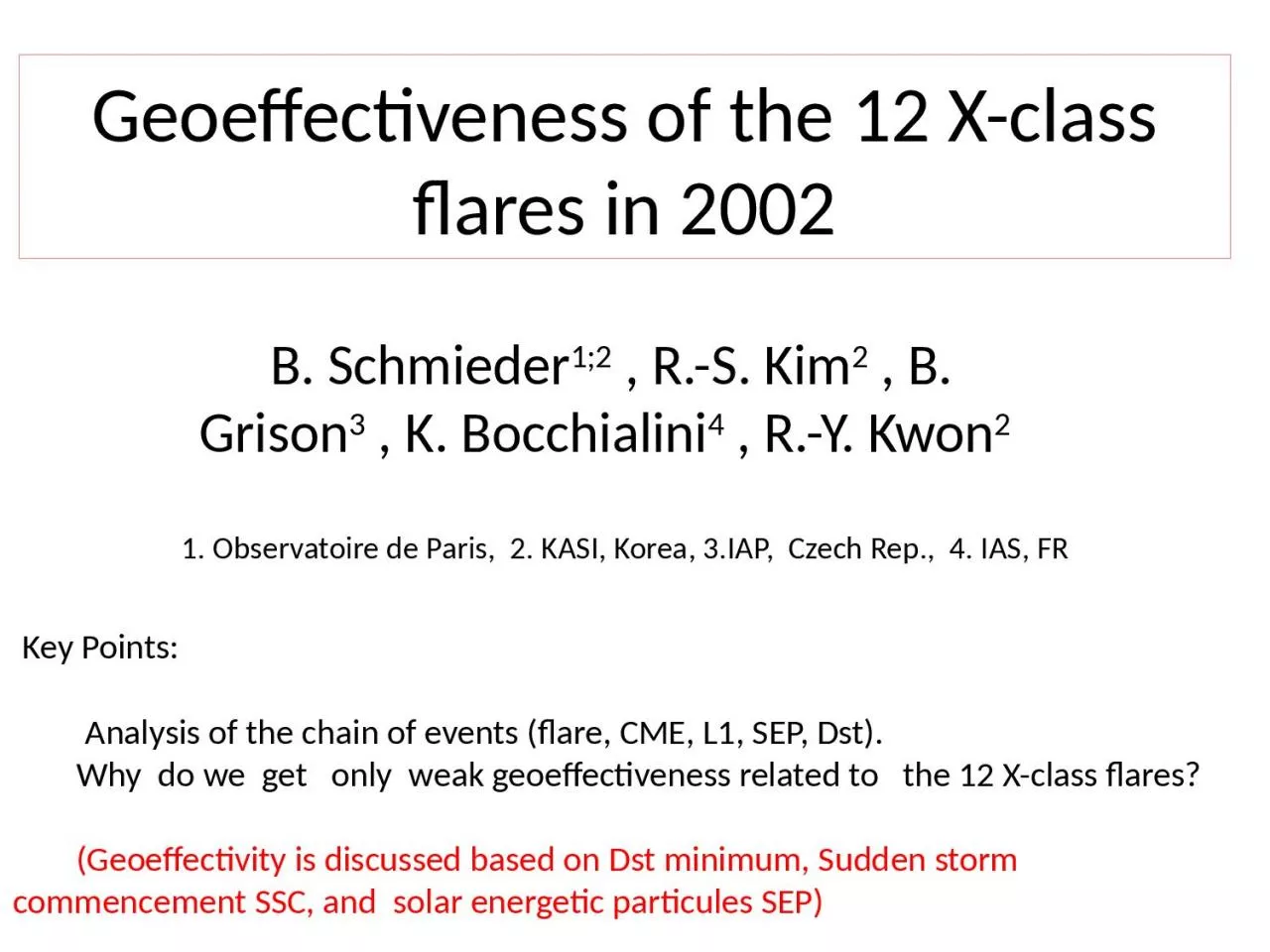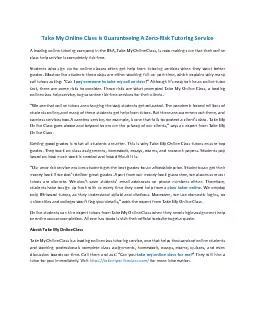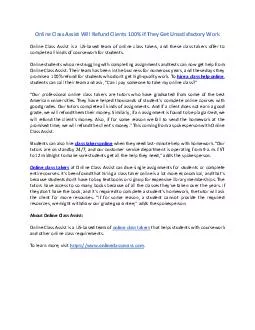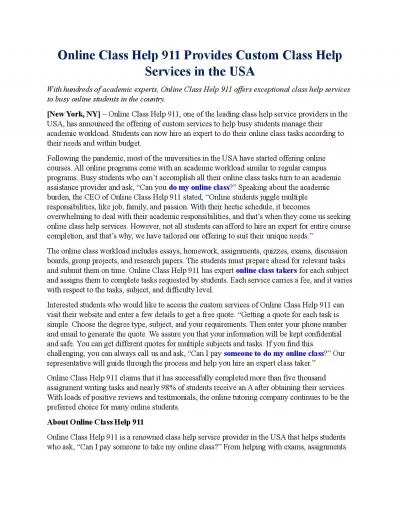PPT-Geoeffectiveness of the 12 X-class
Author : luna | Published Date : 2024-03-13
flares in 2002 B Schmieder 12 RS Kim 2 B Grison 3 K Bocchialini 4 RY Kwon 2 Key Points Analysis of the chain of events flare CME L1 SEP
Presentation Embed Code
Download Presentation
Download Presentation The PPT/PDF document "Geoeffectiveness of the 12 X-class" is the property of its rightful owner. Permission is granted to download and print the materials on this website for personal, non-commercial use only, and to display it on your personal computer provided you do not modify the materials and that you retain all copyright notices contained in the materials. By downloading content from our website, you accept the terms of this agreement.
Geoeffectiveness of the 12 X-class: Transcript
Download Rules Of Document
"Geoeffectiveness of the 12 X-class"The content belongs to its owner. You may download and print it for personal use, without modification, and keep all copyright notices. By downloading, you agree to these terms.
Related Documents














